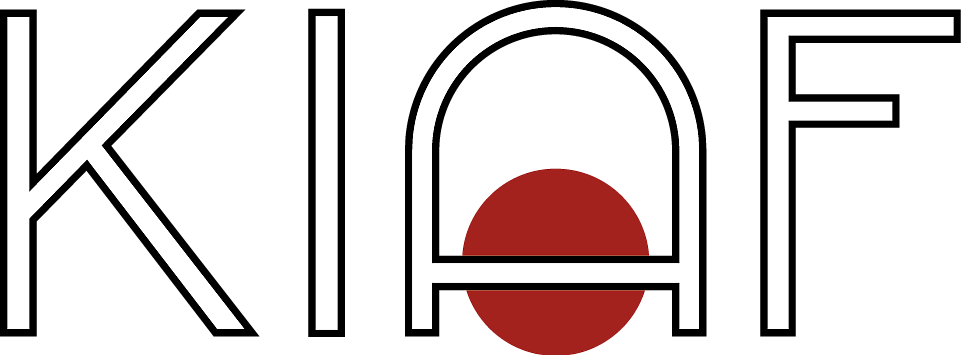.png)
How will decarbonisation affect the work of architects?
With the growing challenges of climate change, architects must take a leadership role in the fight for a sustainable future. For architects, this means fundamentally changing the way they think and design. Traditional building methods that do not take the environment into account must be replaced by innovative solutions that minimise the negative impact on the environment.
Decarbonisation is the process of reducing emissions of carbon dioxide and other greenhouse gases. Designing with this in mind requires a new approach on many levels. Firstly, it is necessary to use building materials with a low carbon footprint. This means choosing raw materials that are not only sustainable and energy efficient, but also manufactured in an environmentally friendly way. Recycling, reuse of materials and preference for local resources can significantly reduce emissions associated with transport and production.
Secondly, the energy efficiency of buildings is becoming a priority. Architects must design for minimal energy consumption, using technologies such as passive heating and cooling, high-efficiency thermal insulation, or energy management systems that optimise energy use. It also means integrating renewable energy sources such as solar panels, wind turbines or geothermal systems that can provide carbon-free energy.
Thirdly, sustainable design requires consideration of the entire life cycle of a building, from its construction to its use and eventual demolition. A life cycle analysis (LCA) assesses the full environmental impact of a building and finds areas where improvements can be made. In practice, this means creating buildings that are easy to maintain, have a long lifespan and are adaptable to the changing needs of users, minimising the need for conversion or replacement.
.png)
Decarbonisation: not just a trend, but a necessity
Decarbonisation is not only about reducing carbon emissions, but also a comprehensive approach to design and construction. In the face of serious environmental problems such as global warming, air pollution, ecosystem degradation and depletion of natural resources, it is necessary to reformulate existing practices in the construction industry. Climate warming is leading to extreme weather events, melting glaciers, rising sea and ocean levels, threatening both the environment and infrastructure and communities around the world.
Traditional building materials, such as concrete and steel, are responsible for a significant proportion of CO2 emissions. Their production process is energy-intensive and generates huge amounts of greenhouse gases. It is therefore necessary to look for alternative, more environmentally friendly materials. Concrete with added fly ash, wood from certified sources or innovative composite materials are just some of the solutions that can help reduce emissions.
Another aspect is the energy efficiency of buildings. Traditional buildings often consume huge amounts of energy for heating, cooling and lighting. The introduction of solutions such as thermal insulation, heat recovery systems, the use of natural light and the integration of renewable energy sources (such as solar panels or geothermal systems) can significantly reduce their energy demand and thus their carbon footprint.
Decarbonisation also requires a change in approach to the entire building lifecycle. From the design phase to construction, operation and demolition, each stage must be analysed in terms of its environmental impact. Building Life Cycle Analysis (LCA) is becoming standard, helping architects and engineers to make decisions that are both economically and environmentally beneficial.

KIAF as an educational platform
Decarbonisation is the future, and we are here to help you understand it and adapt it in your daily work. KIAF is not just a trade fair, it is first and foremost an educational platform to support architects on their journey towards sustainable design.
At KIAF, you will have the opportunity to attend numerous lectures, workshops and panel discussions led by leading experts in decarbonisation and sustainable architecture. You will learn how to reduce the carbon footprint of your projects, which innovative materials and technologies are worth using and how to effectively implement green building principles.
The KIAF trade fair is also a unique opportunity to network with other industry professionals. Networking is crucial for career development, and the opportunity to exchange experiences and ideas with other architects can open up new perspectives and inspiration for your future endeavours.
Join us at KIAF and be part of the initiative to transform the world of architecture into a more sustainable and ecological one. With a joint effort, we can create a future where architecture is not only aesthetically stunning, but also responds to the challenges of climate change, helping to protect our planet.
